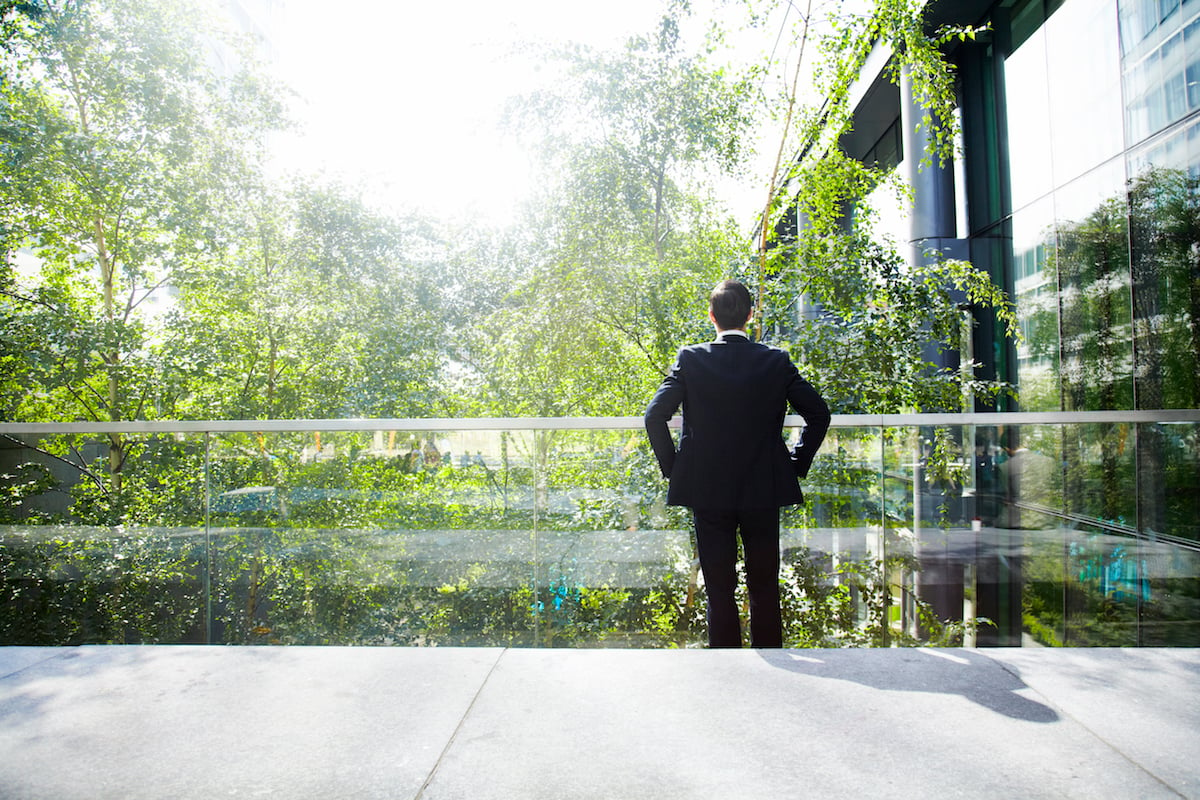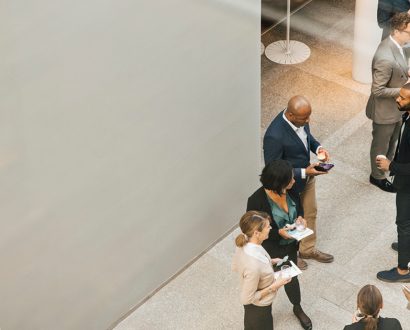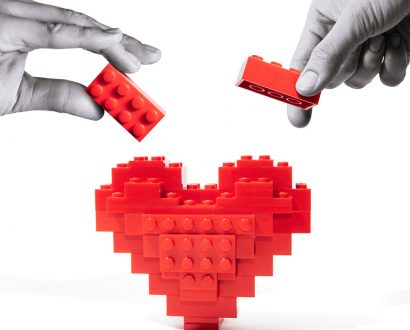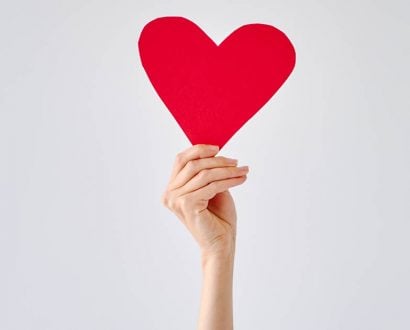It’s no secret that environmental problems plague our planet. The negative impacts of air emissions, marine pollution, deforestation and more have been significant. A study conducted by HP and Planet Ark earlier this year revealed that 91% of Australian consumers are concerned about the environment and sustainability.
This concern is reflected not only in the changing ways consumers interact with the environment but in their changing spending habits. Consumers are willing to spend more money if a brand is environmentally sustainable.
Nearly 80% of consumers hold businesses responsible for environmental impact, but there are plenty of companies showing the world that it’s not that hard to take the necessary steps to improve.
Basic Bananas is a company that has made sensible choices in achieving sustainability. Co-founder Franziska Iseli was sitting on her surfboard a few years ago when she saw all kinds of plastics floating in the ocean. “I decided to do something about it,” she explains.
“Basic Bananas has appointed a sustainability champion who is in charge of making sure it does its best to act sustainably. A recent effort made was to ensure Nespresso capsules are recycled and not thrown in the trash.”
Once a month, Basic Bananas has a “plastic free day”, where there is a zero-plastic policy, including containers and coffee cups. It also organises an annual beach clean up involving the team, clients and local community.
“The team loves the initiatives and feel like they are part of an organisation that cares,” Iseli says. “Our clients receive a cool canvas bag when they work with us, and a label encouraging them to ditch plastic bags. The response has been incredibly positive.”
“The team loves the initiatives and feel like they are part of an organisation that cares.” – Franziska Iseli, Founder, Basic Bananas
Julian Leach, CEO of ParcelPoint, says if his company can make incremental changes over time to have a positive impact, it will. “In some cases, more sustainable choices are a little bit more expensive; while others are cheaper or don’t have costs associated at all.
“The way we see it is, the cost to save the environment from human impact far outweighs a few extra dollars here and there.”
The company is passionate about environmental sustainability, and it reviews its processes throughout the year. Recently, it switched over to recycled toilet paper, supplied by Who Gives a Crap, a company based in Melbourne.
It also moved its power supply to Powershop, a sustainable provider that sells 100% carbon-neutral energy.
“Powershop also runs great community energy projects that positively impact people across Australia,” says Leach. “This includes two wind farms it operates in South Australia and Victoria.”
Judy Sahay, Managing Director at Crowd Media, says when starting the business five years ago, the team did so with a sustainable model. “We’ve adopted practical ways of tackling environmental impact through processes and systems.”
As a paper-free company, it does everything online. It purchases eco-friendly cleaning products and uses recycled books, cups, and cutlery.
“We wanted to lead the way and do business transparently. We discuss sustainability with our staff on a regular basis,” Sahay explains. “The change can be tricky, but the long-term effect of doing nothing is catastrophic.
“The best way to implement these practices is from the beginning. Make sure everyone on board shares the same values, and embed these into the culture of the company.”
“The change can be tricky, but the long-term effect of doing nothing is catastrophic.” – Judy Sahay, Managing Director, Crowd Media
After much research, Paperlust co-founder James Boston and his team decided earlier this year to forget single-use plastic and instead incorporate die-cut paper that acts as a secure, 3D honeycomb structure to protect stationery.
“We previously used biodegradable bubble wrap, but the product was single use and unable to recycle,” he says. “In one fell swoop, we removed the need for cello bags and bubble wrap. Now we use completely recyclable packaging for our recyclable product.
“What may be perceived as better for the environment may not be once you dig down into processes,” Boston warns. “Our example shows, however, that it’s quite easy to make the change, it is just a matter of revising the way we do things and looking at it from a critical standpoint.”







